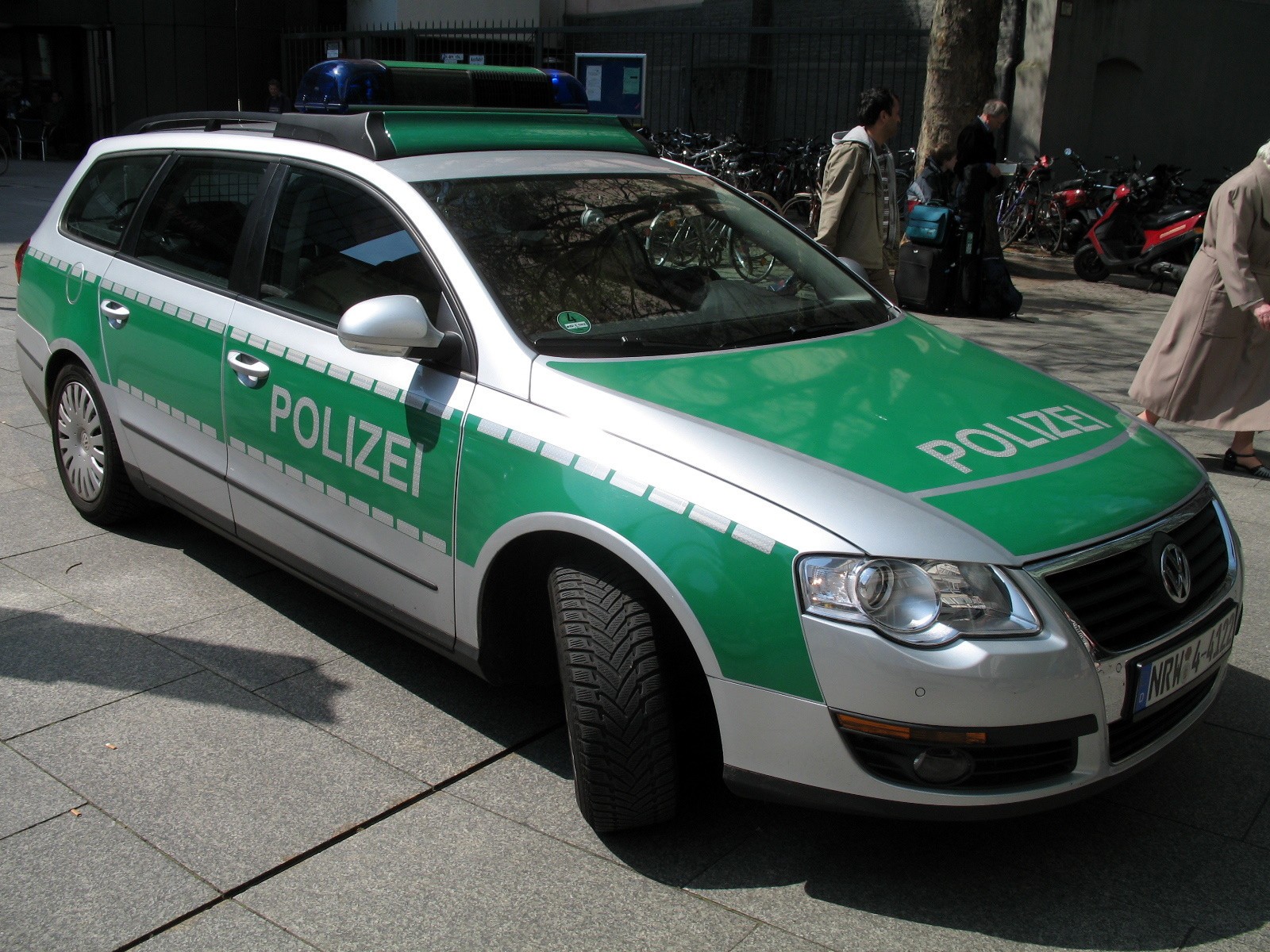Dealing with auto paint peeling can be frustrating and diminish your car’s appearance. While a professional paint job is the gold standard for an impeccable, factory-like finish, it can be costly. Fortunately, for those looking for more budget-friendly and hands-on approaches, several DIY methods offer effective solutions to repair auto paint peeling. This article explores practical alternatives to professional painting, focusing on achieving satisfactory results at home.
One viable DIY method involves utilizing rust converter and enamel paint combinations. Products like Rustoleum or Hammerite, commonly available in many countries, are designed to act as both a rust protector and a top coat enamel. These are particularly useful if the peeling paint is associated with rust spots. For optimal application, begin by thoroughly sanding down the affected area to create a smooth surface and remove loose paint flakes. Cleaning the sanded area is crucial to eliminate any dust or contaminants that could interfere with paint adhesion. When applying these products, it’s often possible to use a brush, which simplifies the process and eliminates the need for spray equipment. While brush strokes might be visible upon close inspection, they become nearly imperceptible under normal viewing conditions. For best results, apply two coats in a dust-free environment, ideally with temperatures around 20°C (70°F), avoiding direct sunlight during the drying process. Simple colors like black, red, or white tend to work exceptionally well with this method and can offer a clean, uniform look, particularly suitable for spot repairs or smaller areas of peeling.
Another intriguing alternative to traditional auto paint repair is using vinyl wraps. Sign-making businesses often utilize vinyl for vehicle branding, and even official entities like the German police employ vinyl to alter vehicle colors temporarily. This method involves applying a thin layer of adhesive vinyl film over the existing paint. Similar to painting, proper surface preparation is key. The area must be sanded smooth and meticulously cleaned to ensure the vinyl adheres correctly and any imperfections beneath don’t show through. Darker vinyl colors generally provide better coverage and are more effective at concealing the original peeling paint.
Vinyl wrapping presents unique advantages. It’s entirely reversible, allowing you to revert to the original car paint by simply peeling off the vinyl. This is particularly beneficial for leased vehicles or if you desire future paintwork. Furthermore, vinyl offers vast customization options beyond solid colors. You can choose from various finishes, textures, and even printed designs. From matte black to carbon fiber looks or custom graphics, vinyl allows for a wide range of aesthetic expressions. The popularity of customized car wraps, such as those seen on Mini cars with Union Jack roofs, demonstrates the versatility and creative potential of vinyl in automotive restyling and repair.
 German police car with vinyl wrap demonstrating a reversible and customizable solution for auto paint, relevant to DIY car paint peeling repair alternatives.
German police car with vinyl wrap demonstrating a reversible and customizable solution for auto paint, relevant to DIY car paint peeling repair alternatives.
In conclusion, while professional paint jobs provide the highest quality and most durable repair for auto paint peeling, DIY alternatives like rust converter enamels and vinyl wraps offer practical and cost-effective solutions. Rust converter enamels are excellent for addressing rust-related peeling with a straightforward application process, ideal for solid colors and smaller repairs. Vinyl wraps, on the other hand, offer reversibility and extensive customization, suitable for larger areas and those seeking a unique aesthetic change. Choosing the best approach depends on the extent of the peeling, your budget, desired finish, and personal preferences. Both DIY methods empower car owners to tackle paint peeling issues effectively and enhance their vehicle’s appearance without the expense of a full professional repaint.
